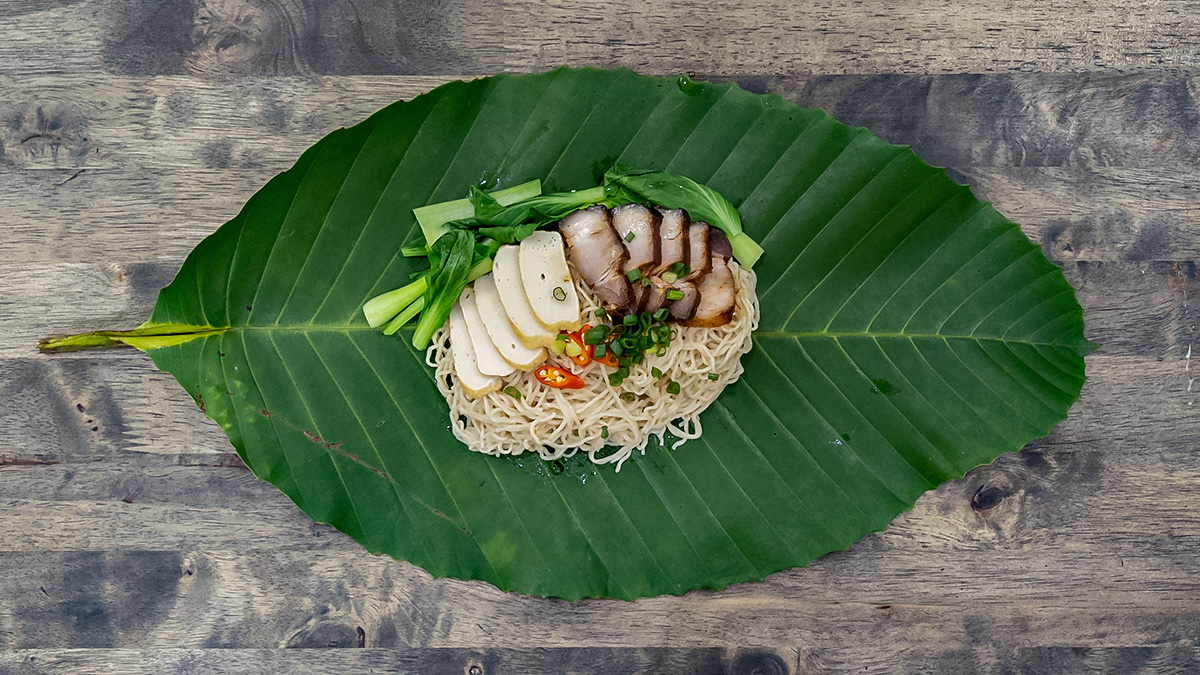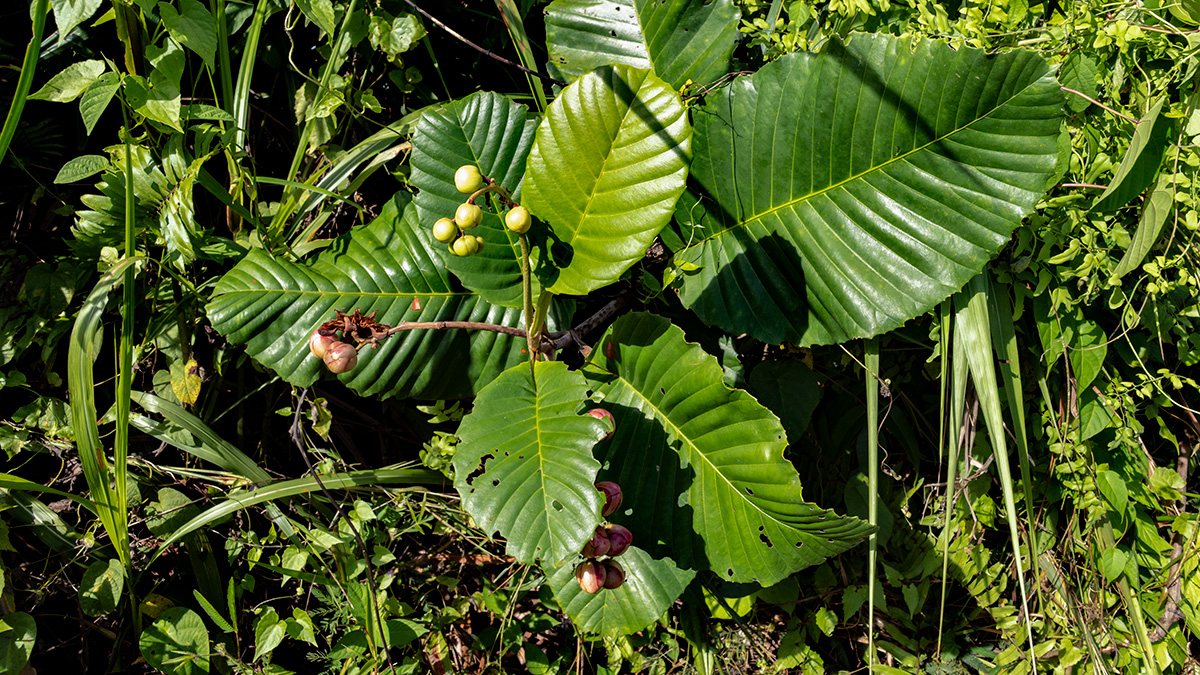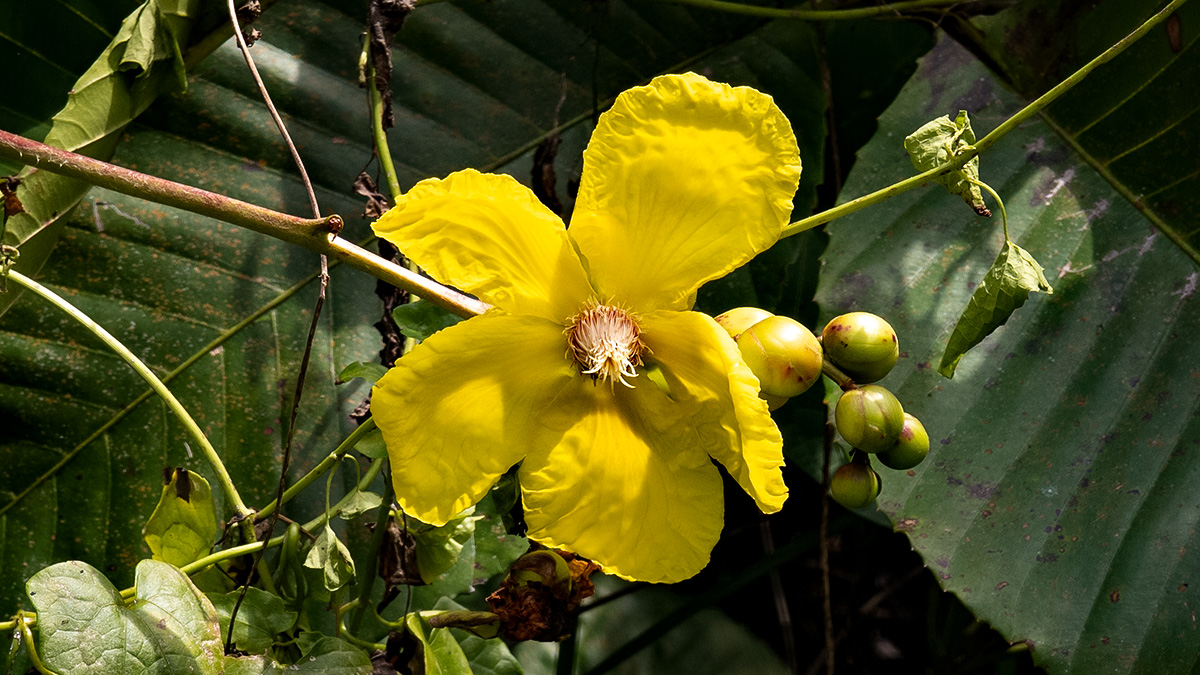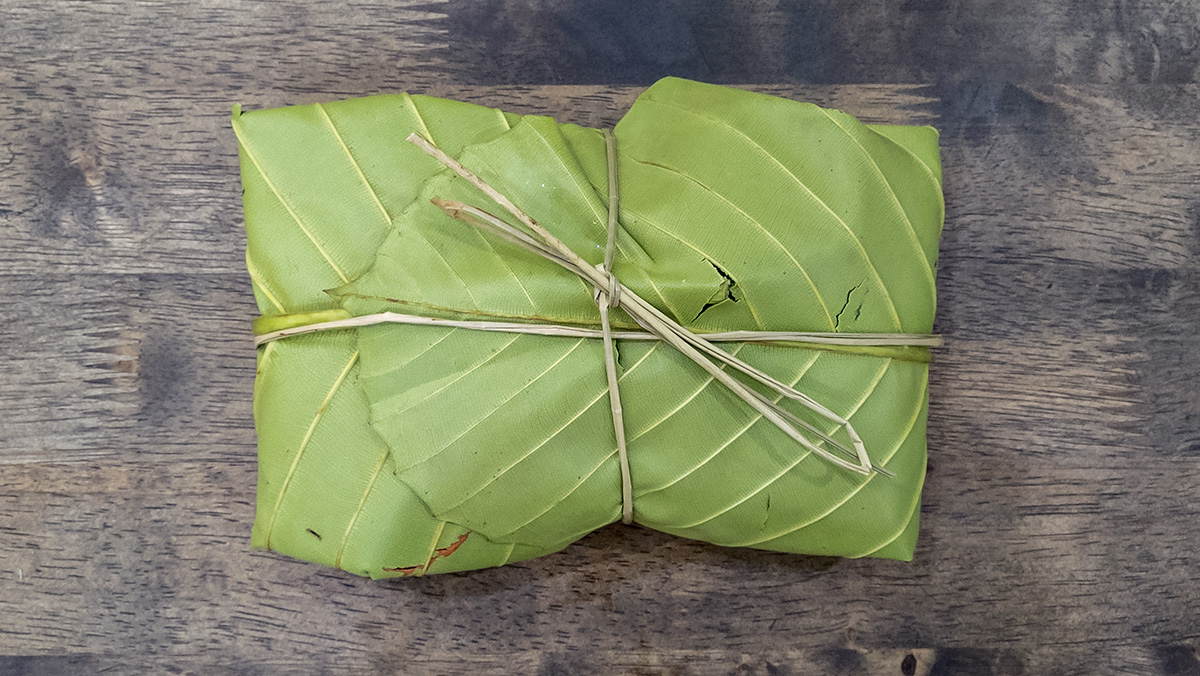and how it was packed once upon a time
This staple dish can be found in most parts of Sarawak, particularly in its capital, Kuching. In the Hokkien language (there is a discussion to be had about which are Chinese languages and when they may be referred to as dialects), I have always known this dish to Kolong Mee. Although pronounced that way in Kuching, it is regularly spelt as Kolo Mee by the food vendors who sell it (even worse, it is sometimes called Mee Kolok!).
The kolo in the name apparently comes from the Cantonese language where gan lo means "dry mixed"
The dish is simplicity in itself comprising:
- A medium-sized fresh wheat noodle (not the cooked thick, yellow type used for chow mein);
- a dressing sauce
made from pork lard, vinegar, fish sauce, brown-fried
shallots and garlic, pepper powder, and
MSG where preferred;
(the oil and vinegar forms a vinaigrette when stirred together) - Dressed with slices of char siew (roast pork) and in the old days slices of fish cake;
- Garnished with a sprinkling of sliced spring onion.

Kolong mee stall at KY
Cafe, Sekama Road
This is one of the more popular purveyors of the dish in Kuching.
They are especially busy at night (open til 10)
Fresh noodles
are thrown in a boiling cauldron to cook for a few minutes;
then withdrawn and dipped cold water for a few moments
before before being returned to the boiling water to bring
the noodles back to a temperature suitable for serving. The
cold water dip encourages a springiness in the texture of
the noodles (interaction between starch and gluten). After
the second dip in boiling water, the noodles are drained of
water before being tossed and mixed in the dressing oil.
Good drainage of adherent water enables the oily dressing to
better coat the noodles. The dish is then topped with the
char siew, fish cake and spring onion garnish.
|
I have a problem with Kolong Mee as it is offered by food vendors these days.
|
 Clem's home cooked Kolong Mee on a leaf of Dillenia suffructicosa I used my home-made char siew |
|
How Kolong Mee was packed for takeaway once upon a time
Long before plastic sheets became
de rigueur for wrapping takeaways in Kuching and
Malaysia in general, food wraps were natural. I remember
that not only was food cooked in leaves (e.g.
banana leaves; pandan leaves; bamboo leaves), but food
to be taken from vendor to home was often also wrapped
in leaves. Such was the case for Kolong Mee. A
broad, thick green leaf was used for this purpose,
having been gathered by suppliers who roamed the
plentiful marshes around town to collect them. These
were then sold to food vendors for their use. The plant
which supplied this wrapper from nature is Dillenia
suffructicosa which can be commonly seen growing in
water-inundated lands.
Indeed these plants often had their feet in water. |
|
|
|
|
|
|


